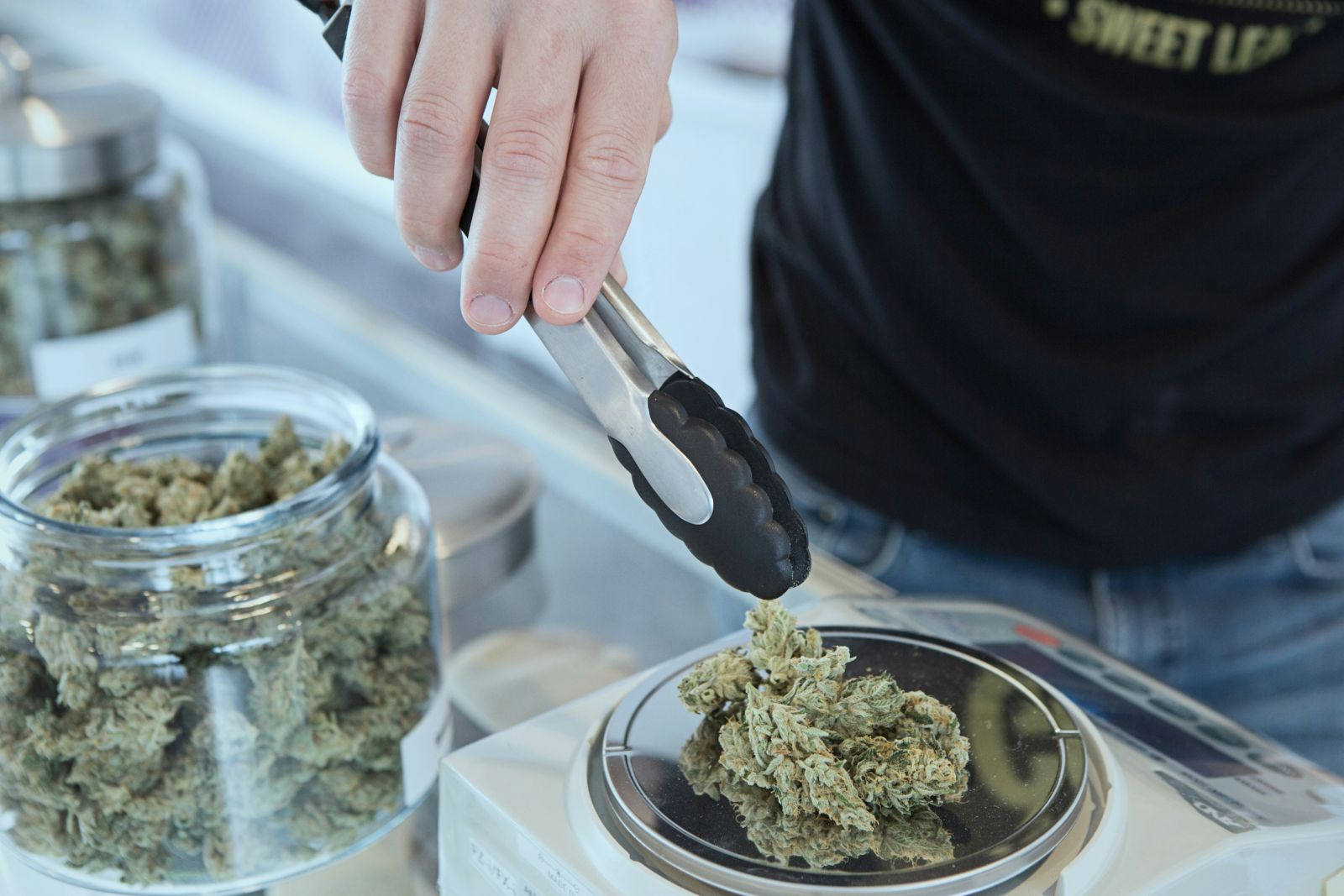Options Alert: Innovative Industrial (IIPR) is Offering a Hitter's Count

Let’s cut to the chase — technically speaking, real estate operator Innovative Industrial Properties (IIPR) — which specializes in leasing out properties to state-licensed cannabis operators — wasn’t found on Barchart’s unusual stock options volume screener last Friday. So, why bother talking about IIPR stock?
For one thing, it deserves special consideration. For the business week ending Dec. 20, IIPR stock lost more than 29% of equity value. Last week, Innovative shares tumbled just over 5%. For the year, that brings investors down to a loss of nearly 33%. It’s utterly painful because prior to the 2024 election results, circumstances looked very auspicious for the cannabis industry.
However, with the victory of President-elect Donald J. Trump, the “botanical” ecosystem faces uncertainty. As Barchart columnist Sushree Mohanty wrote, Trump “did not show much support for marijuana policy reforms during his first term in office.” At the same time, he did support President Joe Biden’s position in rescheduling cannabis to a lower enforcement level.
Setting aside this uncertainty, there were also business-specific matters that crippled IIPR stock. Specifically, PharmaCann — one of Innovative’s biggest tenants — defaulted on all 11 of its leases. While the two entities are negotiating, the real estate investment trust expects to “enforce its rights under the leases aggressively,” which implies eventual eviction.
For IIPR stock, the price action since the presidential election has resulted in years of market growth being completely wiped out — and then some. Still, there could be an opportunity for adventurous speculators.
Clashing Pricing Models Opens an Opportunity Gap for IIPR Stock
True contrarians will always be interested in significant volatility; indeed, that’s when baseball becomes truly exciting. In mathematical terms, what happened to IIPR stock for the week ending Dec. 20 represents activity within the fat-tail distribution. Stated differently, the fear-greed continuum in these cycles should fluctuate differently than the continuum found within the normal distribution.
Of course, in most circumstances, a security operates within the normal distribution (such as one or two standard deviations from the mean). Therefore, market makers can deploy stochastic models for their fast, scalable pricing mechanisms. While a Bayesian framework is incorporated in these models, the emphasis is on updating assumptions based on data frequency.
A good example centers on the available bull call spreads for IIPR stock. Let’s take the most realistic trade for the options chain expiring Jan. 17, 2025, which is the 65/70 call spread (buy the $65 call, sell the $70 call). On Friday, market makers assigned an ask of $4.30 for the long call and a bid of $1.30 on the short call. Ultimately, a trader risks $300 for the chance to earn $200 or a max payout of 66.67%.
Barchart notes that the probability of profit lands at 50.6%. That’s based on a stochastic framework that the market makers are using and it checks out from that mathematical perspective. On a weekly performance basis over the past five years, the odds that on any given week IIPR will return a non-zero positive figure by the end lands at 52.87% — a little bit better than coin-toss odds.
However, the options alert is this: the actual odds are probably better, if not significantly so.
Under normal market conditions, pricing behavior falls under a generally predictable range. However, pricing behavior that extends multiple standard deviations from the mean influence the human emotions of fear and greed in a much bigger scale. Therefore, I argue that a dynamic Bayesian pricing model is necessary to update predictive assumptions based on data context.
And what is that context for IIPR stock? Simply, investors over the past five years have a tendency of getting very bullish when they see red ink.
Market Makers Offering a ‘Freebie’
When assessing extreme dips in a security, it’s important to acknowledge that assumptions based on normal distributions might not apply; indeed, they could be woefully inaccurate. That might be the case with IIPR stock.

Over the trailing five years, there have only been eight instances when Innovative shares lost 10% or more in a week. In the subsequent three weeks, there have been six instances where the collective return yielded a non-zero positive result. That translates to a 75% success ratio whenever IIPR stock encounters a 10% or more loss during a one-week period.
Interestingly, the average return over the subsequent three positive weeks clocks in at 1.93%. Applying this figure to the close of Dec. 20 and Dec. 27 reveals a projected range between $69.42 and $75.08 by the close of Jan. 10. Therefore, the short strike price of the aforementioned 65/70 bull call spread (expiring Jan. 17) is within the realm of reason.
In some ways, this vertical options spread is a “freebie.” Because market makers are using stochastic pricing models, the probability of profit is ungenerously inked at 50.6%. However, under a dynamic Bayesian model, the odds come out to 75% and possibly even higher due to the trade’s low breakeven price of $68.
Further, the most daring speculators could go more aggressive with the 65/75 call spread. While a $75 short strike target is optimistic, the breakeven threshold for this trade is $69.10, which is more than doable. Plus, if an unusual bullish rebound occurs, traders of the intrepid approach could collect a payout of 143.9%.
On the date of publication, Josh Enomoto did not have (either directly or indirectly) positions in any of the securities mentioned in this article. All information and data in this article is solely for informational purposes. For more information please view the Barchart Disclosure Policy here.